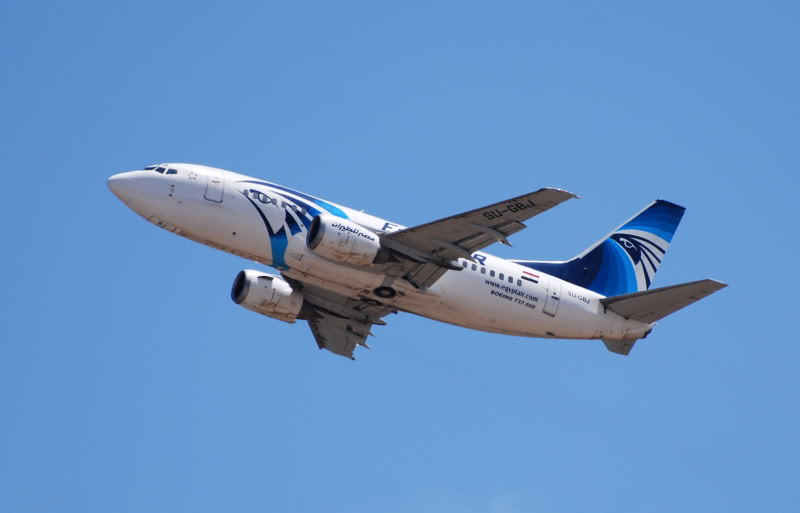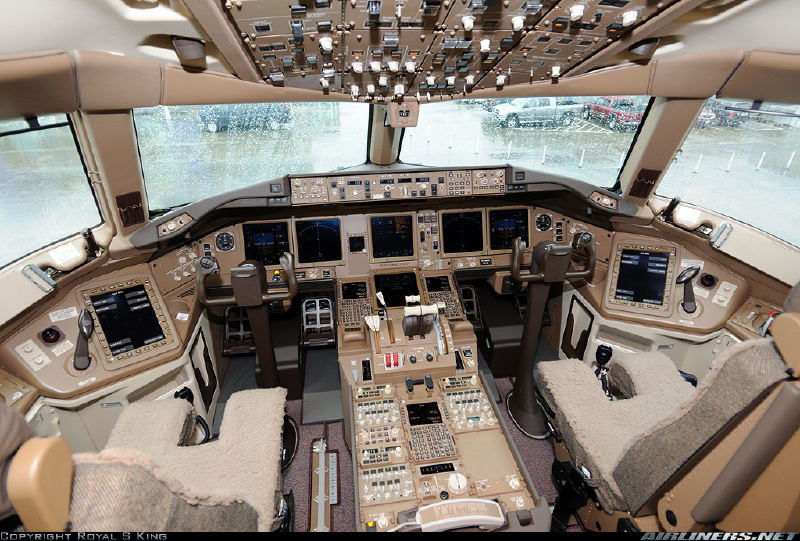|
The Boeing 737 is a short-to medium-range, twin-engine narrow-body jet airliner with a capacity of maximum 132 passengers produced by the American manufacturer Boeing Commercial Airplanes Originally developed as a shorter, lower-cost twin-engine airliner derived from Boeing´s 707 and 727. The 737-500 is the shortest and smallest member of the second generation 737-300/-400/-500 family, and the last to be developed. When the new stretched 737-300 first appeared it was intended to supplement, rather than replace, the 737-200. However the evolution of the 737-300 into a family of models led to the development of a new model comparable in size to the 737-200, but offering better fuel economy and extensive commonality with the 737-300 and -400 models. This was the 737-500, known before its May 1987 formal launch as the 737-1000. Like the preceding 737-300 and 737-400, the 737-500 is powered by CFM International CFM56s turbofans, in this case either 82.3kN (18,500lb) CFM563B1s or 89.0kN (20,000lb) CFM56-3C-1s. All three second generation 737 models share extensive systems and structure commonality, and a common aircrew type rating. These benefits offer real cost savings to an airline with two or more variants of the family in its fleet. |
 |
|
The 737-500 is 31.01m (101ft 9in) in length, comparable to the 737-200's 30.53m (100ft 2in) length, and as such is a viable direct replacement for the earlier type. Like the 300 and 400, a higher gross weight longer range version is offered, featuring auxiliary fuel tanks and uprated engines. The 737-500's first flight occurred on June 30-1989, FAA certification was awarded on February 12-1990, with service entry later that same month. See more onhttp://wiki.flightgear.org/Boeing_737-500 |
|
